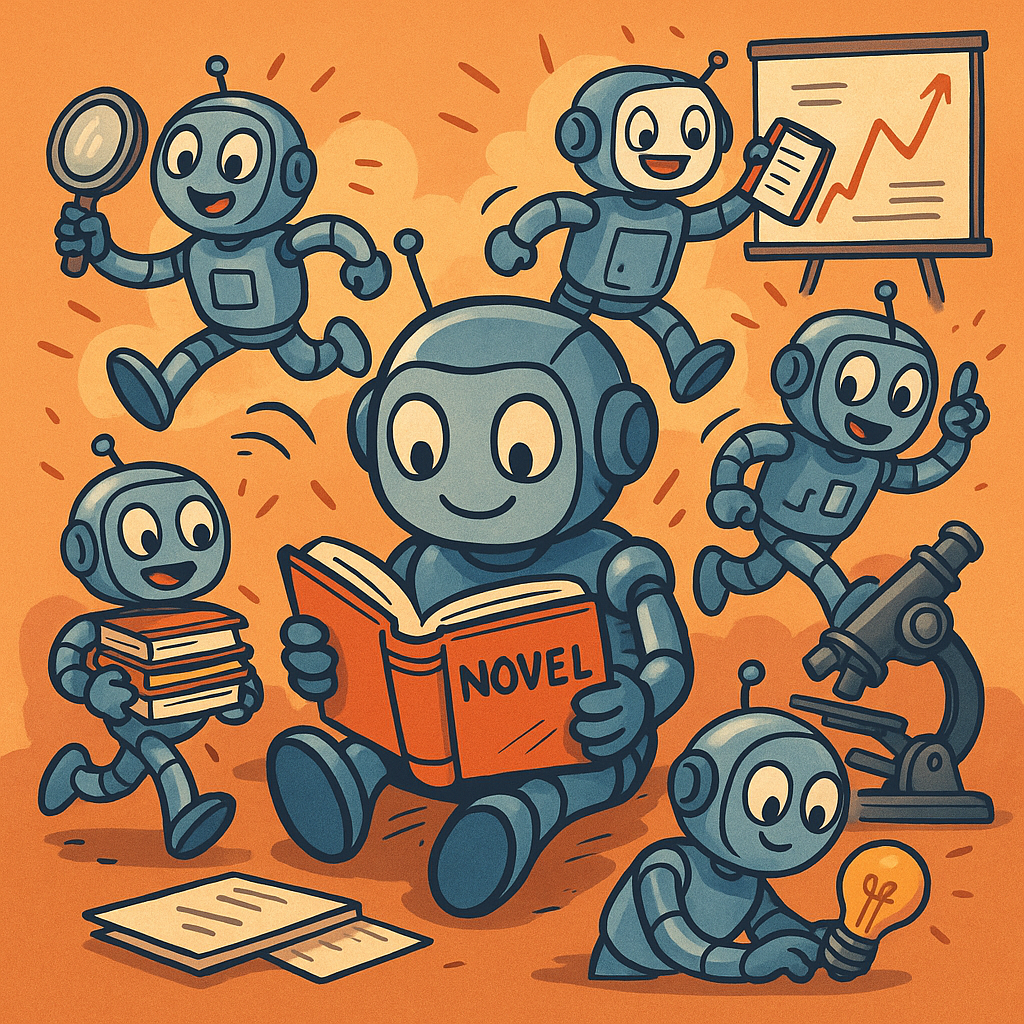Summary
Large Language Models (LLMs) are powerful, but their size can lead to slow inference speeds and high memory consumption, hindering real-world deployment. Quantization, a technique that reduces the precision of model weights, offers a powerful solution.
This post will explore how to use quantization techniques like bitsandbytes, AutoGPTQ, and AutoRound to dramatically improve LLM inference performance.
What is Quantization?
Quantization reduces the computational and storage demands of a model by representing its weights with lower-precision data types.
Lets imagine data is water and we hold that water in buckets, most of the time we don’t need massive floating point buckets to hold data that can be represented by integers.
Quantization is using smaller buckets to hold the same amount of water – you save space and can move the containers more quickly. Quantization trades a tiny amount of precision for significant gains in speed and memory efficiency.

